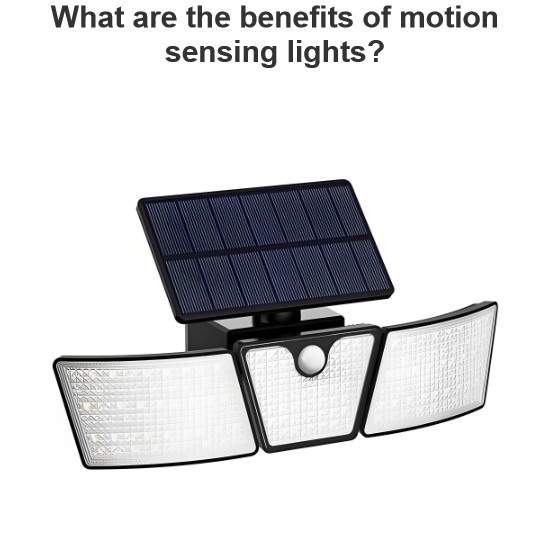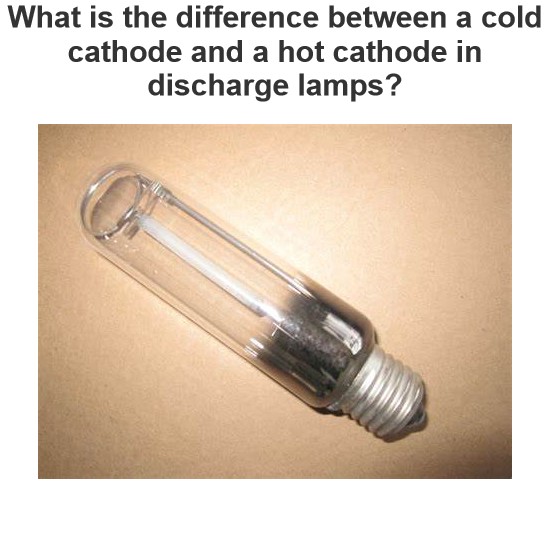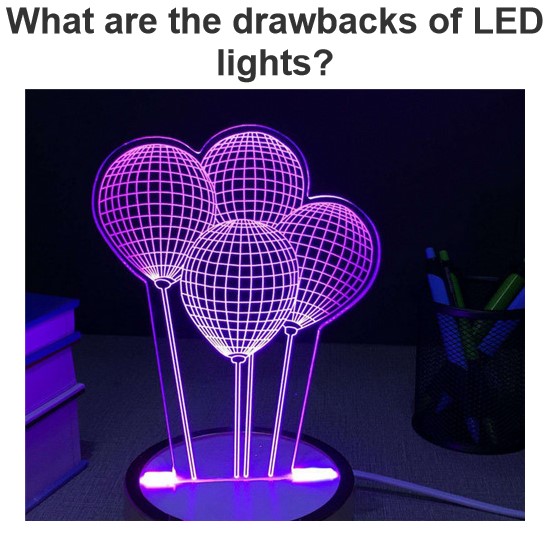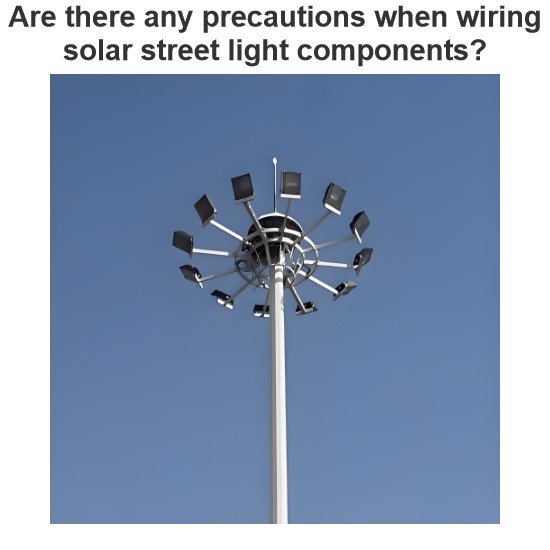Irradiance and Illuminance
Irradiance is the radiant flux received by the detector area. The unit of irradiance is W/m2. Irradiance is denoted by Ee,λ,
φs is the received radiant flux on the detector surface and AD is the detector area or surface.
Irradiance always follows the Inverse Square Law. Suppose from a point source the radiant flux is being received by two surfaces of A1 and A2 where they are equal surface area. They are placed at r1 and r2 distance.

Now the flux received by the surface
And the flux received by the surface
Where, Ie,λ radiant intensity and ω solid angle.
Again the radiant flux received per unit area for A1 and A2 are
Here A1 and A2 are equal.
Putting the φe,λ = Ie,λ ω in the equation we get
This is Inverse Square Law of irradiance.
If we convert this irradiance into Illuminance then we should follow the conversion equation i.e.
Where, Km is the constant which is called maximum spectral luminous efficacy and its value is 683 lm/W.
By definition the luminous flux received by unit area of the detector is called Illuminance.
Its unit is Lux or Lumen per sq. meter (lm/sq. m).
It also follows the same inverse square law, i.e.
Ev is related to the surface dA where luminous flux is falling on this surface perpendicularly.
E’v is related to the surface dA’ where this surface creates an angle Ɵ to the base plane.
As per figure above,
This above equation can be written making it generalized,
Statement: Respect the original, good articles worth sharing, if there is infringement please contact delete.
Electrical4U is dedicated to the teaching and sharing of all things related to electrical and electronics engineering.






















